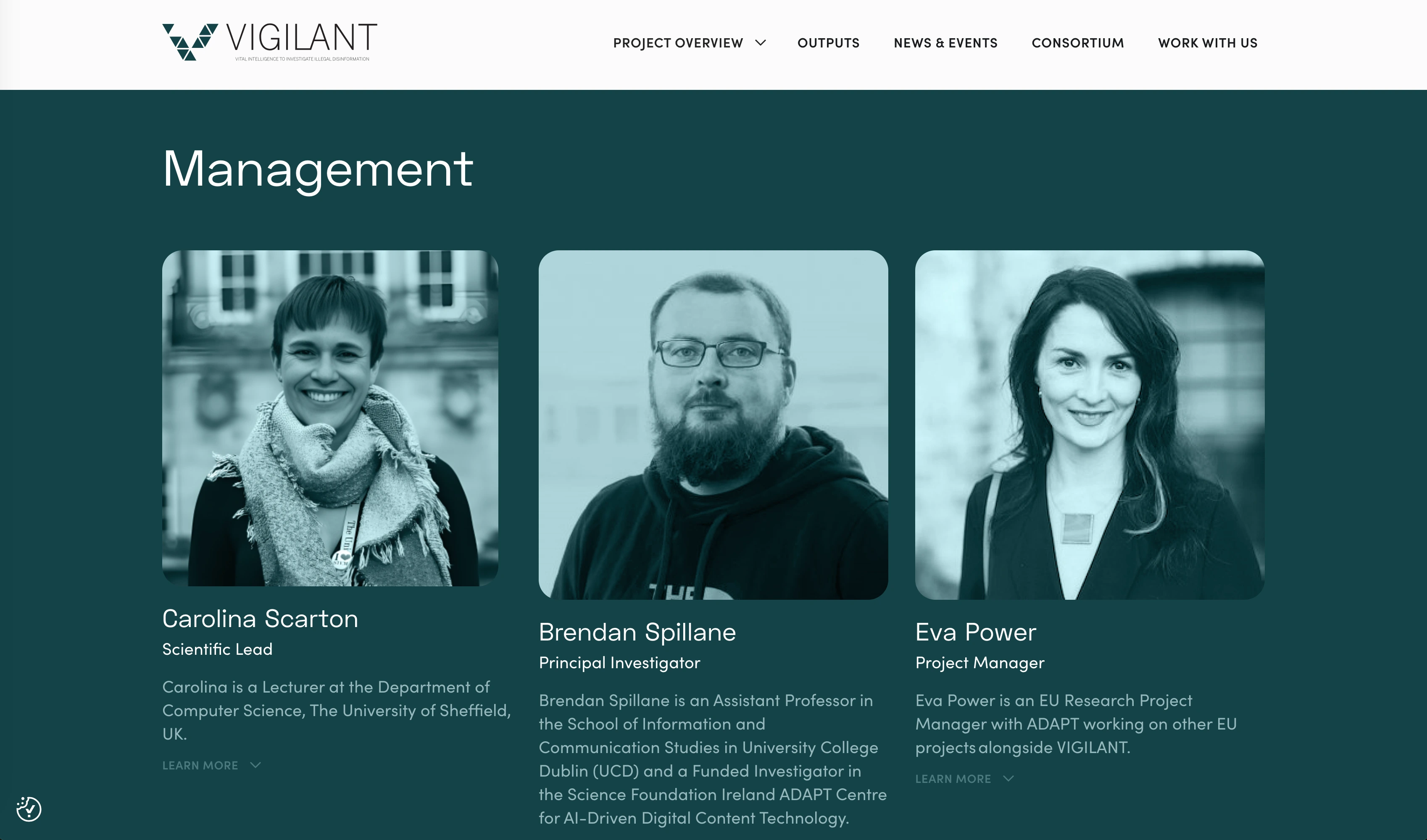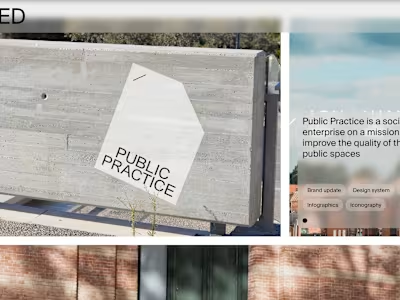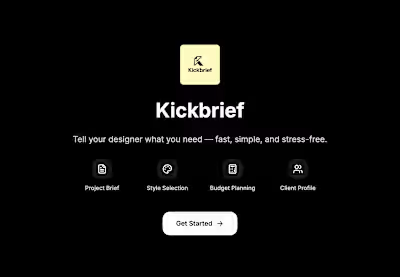Built with Webflow
Webflow development for Legal company
Description:
I led the full-stack build of the project website using Webflow, architecting and implementing a comprehensive CMS system designed to support extensive content types, relational data, filtering and dynamic content presentation for a high-traffic research initiative.
Key Features & Contributions:
Designed and created multiple CMS Collections to represent all major content categories: blog/news posts, events, press releases, services/outputs, case studies, FAQs and team profiles.
Developed dynamic templates in Webflow: each content item (e.g., case study page, news article, team member page) automatically populates from its CMS collection, ensuring consistency and scalability.
Built advanced filtration and search functionality: users can filter “News & Events” and “Press Releases” by category, date, tags or “Outputs” series – enabling efficient content discovery.
Established relational linking between content types: for example, case studies link to services and team members; FAQ items relate to services; team profiles link across relevant project outputs and case-studies.
Migrated legacy content and structured it into the new CMS architecture: ensured clean data import (via CSV/API) and preserved relationships and metadata.
Optimised for scalability, usability and performance: image-lazy loading, caching strategies, clean URL slugs and semantic markup for SEO and accessibility.
Created a hand-over and training package: documented the CMS structure and editing guidelines, and conducted training workshops so project stakeholders can autonomously update content and publish new items without developer intervention.
Provided ongoing maintenance support: reviewed and optimised CMS item counts, dynamic list loads and filtration performance as the site grows in content volume.

Team section CMS

News CMS + Filter
Impact:
Empowered the content and communications teams to publish new materials (news articles, press releases, case studies) in minutes rather than waiting for developer changes.
Achieved a robust and future-proof architecture: new content types or taxonomies can be added with minimal redevelopment.
Enhanced user experience and information architecture: consistent layouts, rich linking across content types, and efficient content-discovery via filters increased engagement and usability.
Ensured strong alignment with the project’s interdisciplinary, pan-European stakeholders by providing a scalable, easy-to-manage digital platform supporting all major content flows.
Like this project
Posted Mar 19, 2025
VIGILANT is a consortium of researchers to help police authorities counter disinformation linked to criminal activities.
Likes
0
Views
7
Timeline
Jun 19, 2024 - Jul 19, 2024
Clients

Diorama




